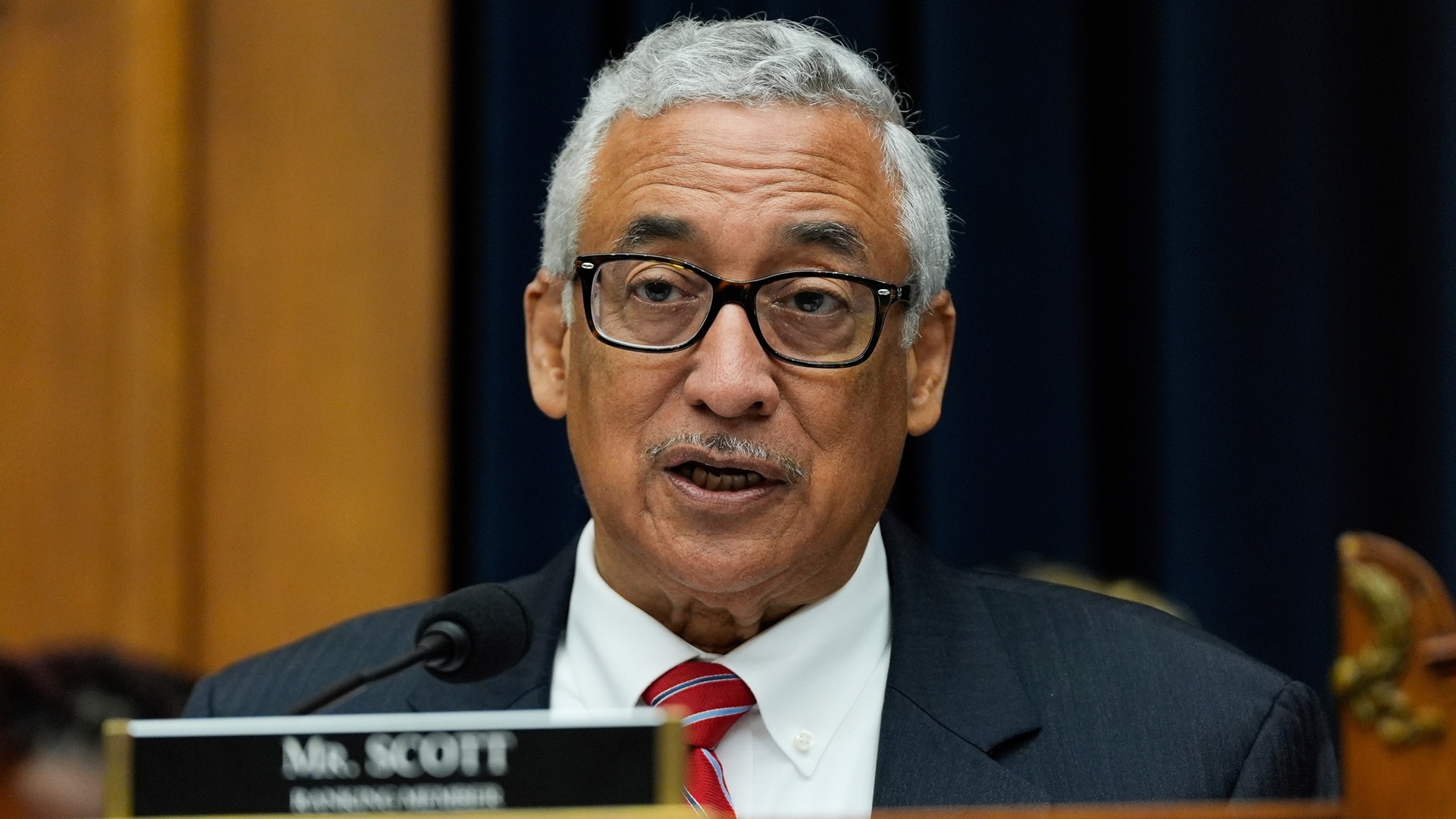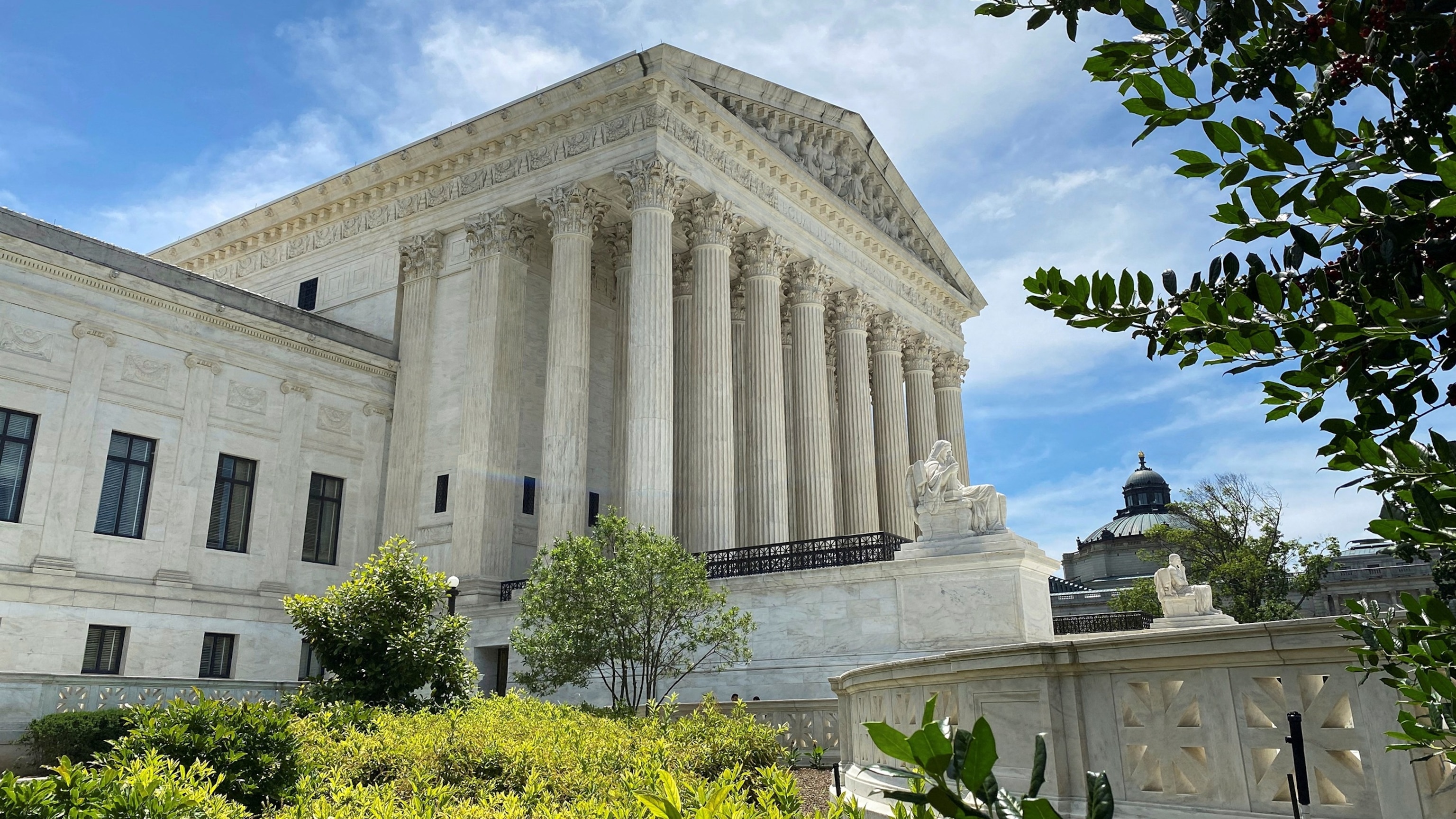Political News
Latest Videos

4:53
Sen. Katie Britt on funding impasse
- 30 minutes ago

0:40
Sen. Dick Durbin says Trump administration would 'make even President Nixon recoil'
- 20 hours ago

4:56
Sen. Roger Marshall on National Guard deployment and COVID vaccine guidelines
- 1 day ago
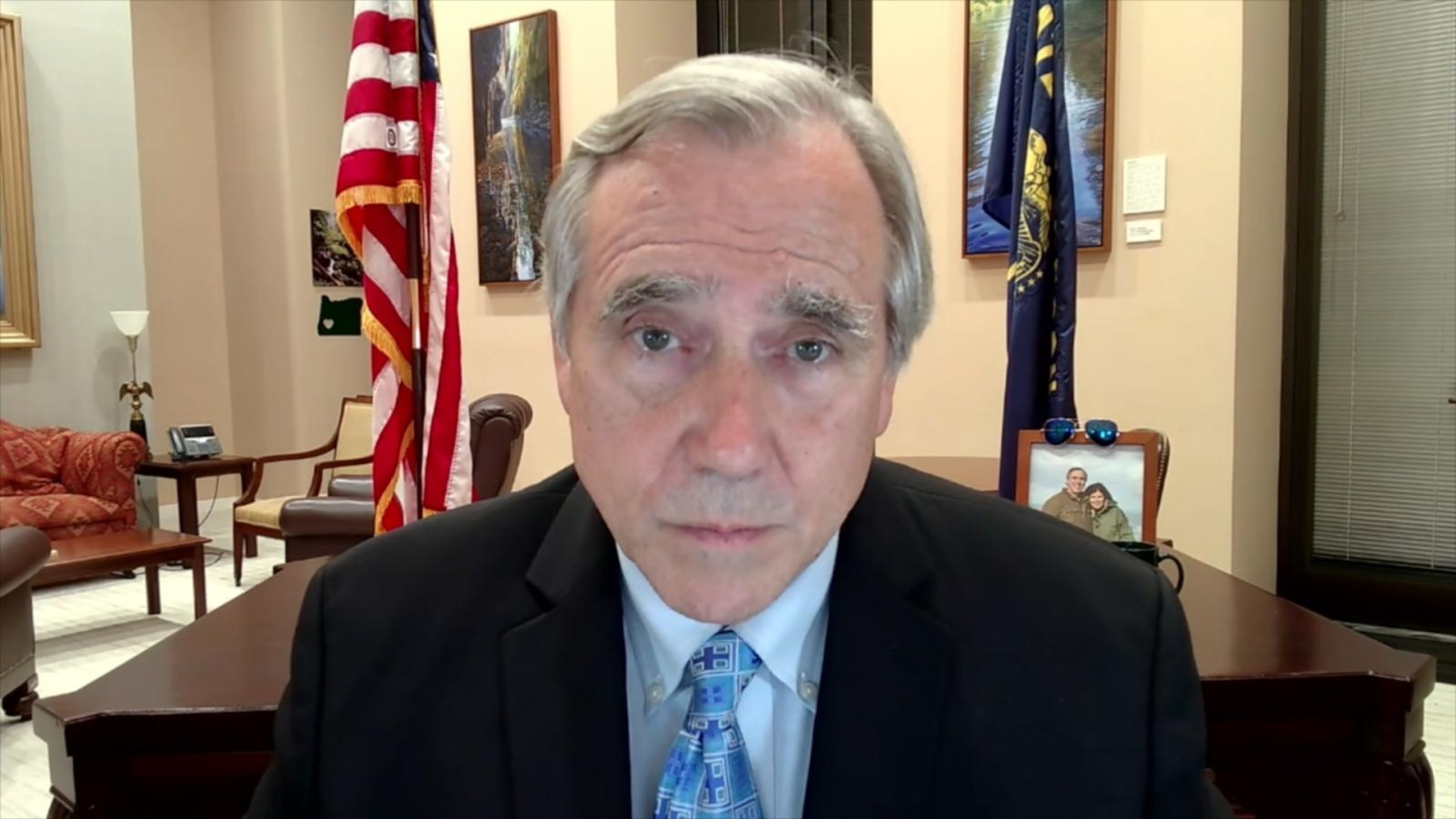
4:57
Senator Jeff Merkley on ongoing government shutdown
- 1 day ago

6:53
Rep. Malliotakis on Trump threatening NYC funding
- 1 day ago
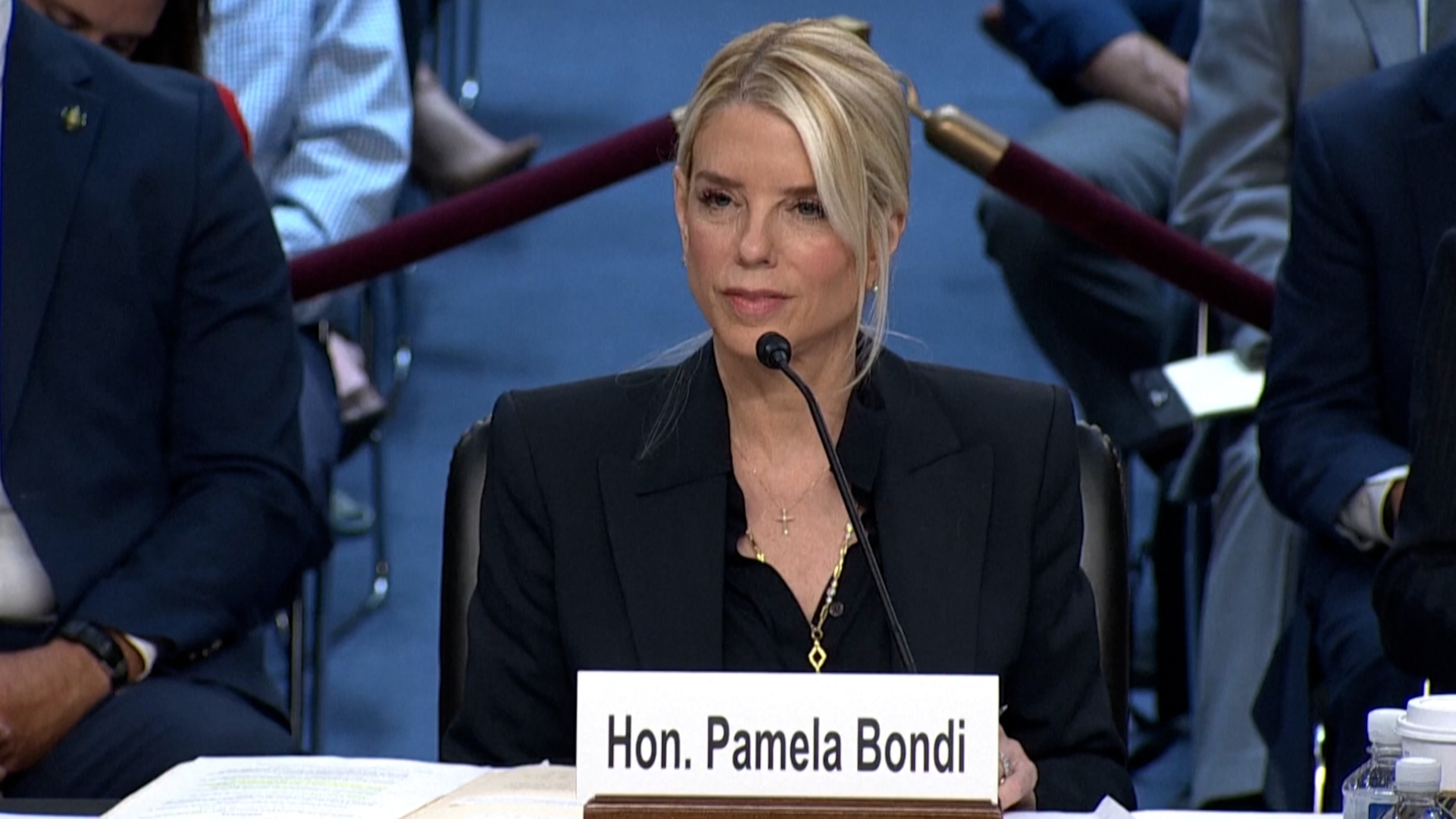
5:03
Key moments from Attorney General Pam Bondi's Senate hearing
- 1 day ago

5:54
New York Rep. Adriano Espaillat on government shutdown
- 1 day ago
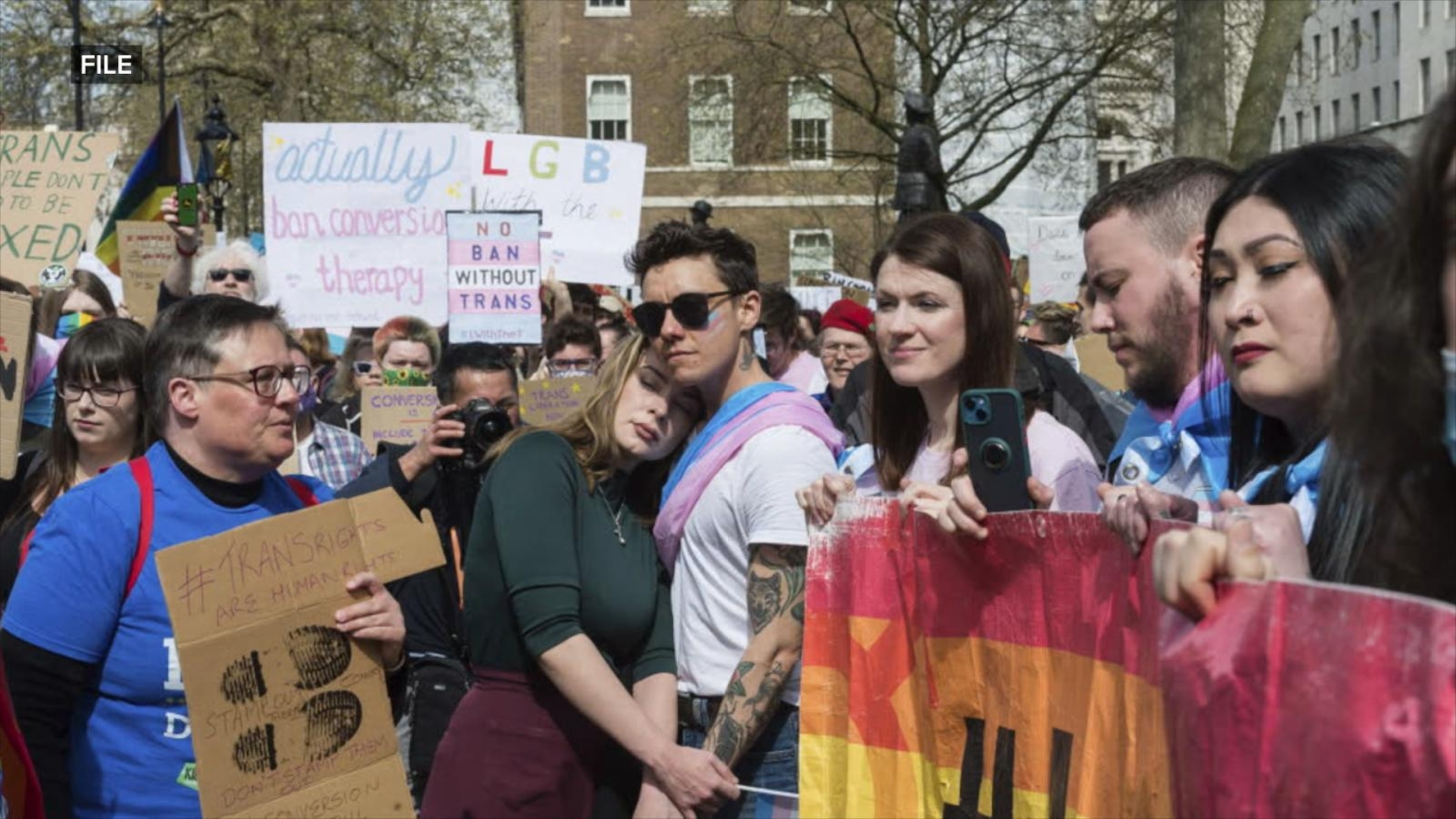
2:53
Oral arguments in LGBTQ 'conversion therapy' case
- 1 day ago

3:10
Canadian PM Mark Carney meets Trump as tensions over trade war continue
- 1 day ago
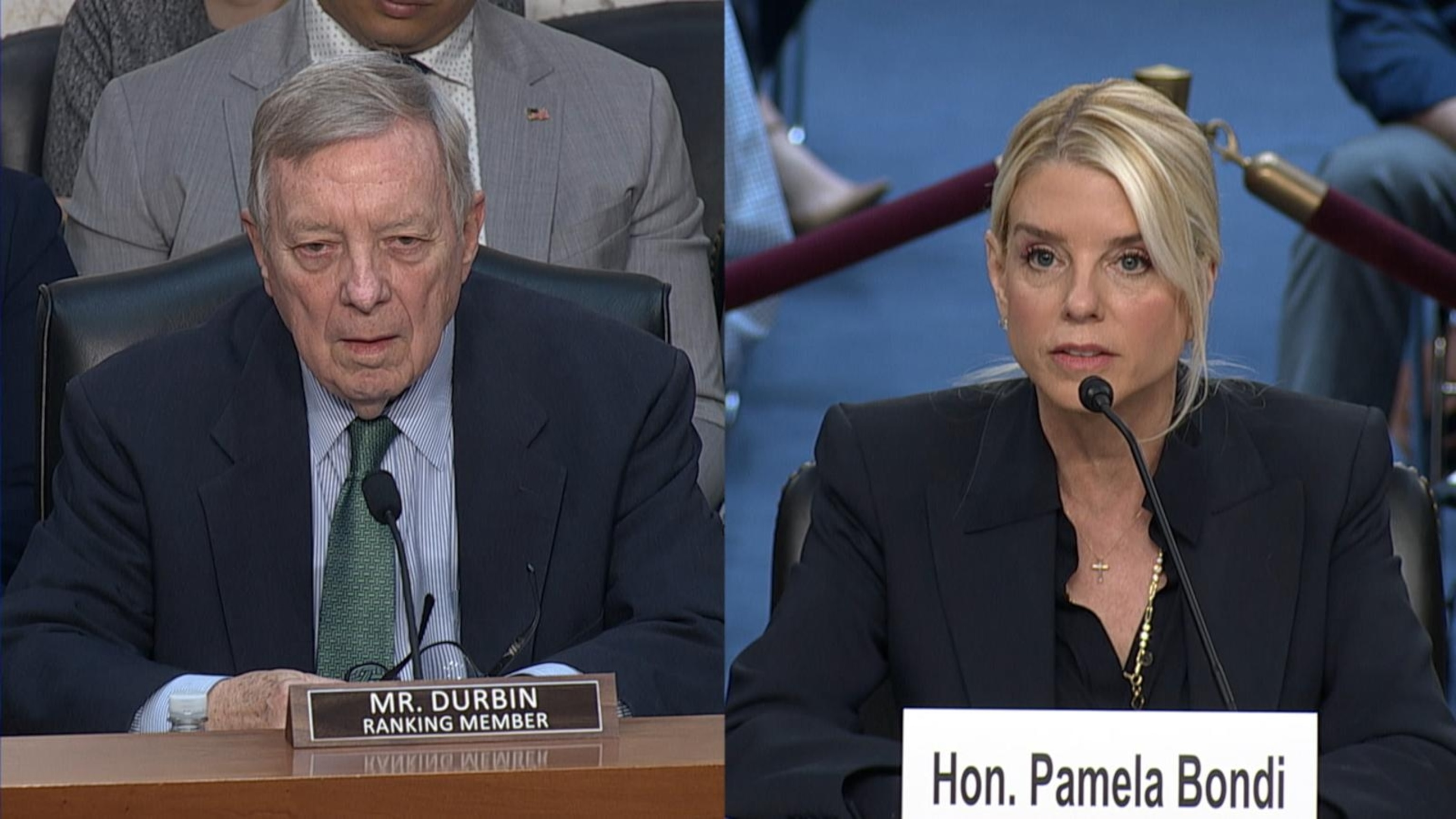
1:04
Bondi to Sen. Durbin: 'I wish you loved Chicago as much as you hate President Trump'
- 1 day ago
Playlist · 10 Videos
Sen. Katie Britt on funding impasse
- 30 minutes ago




